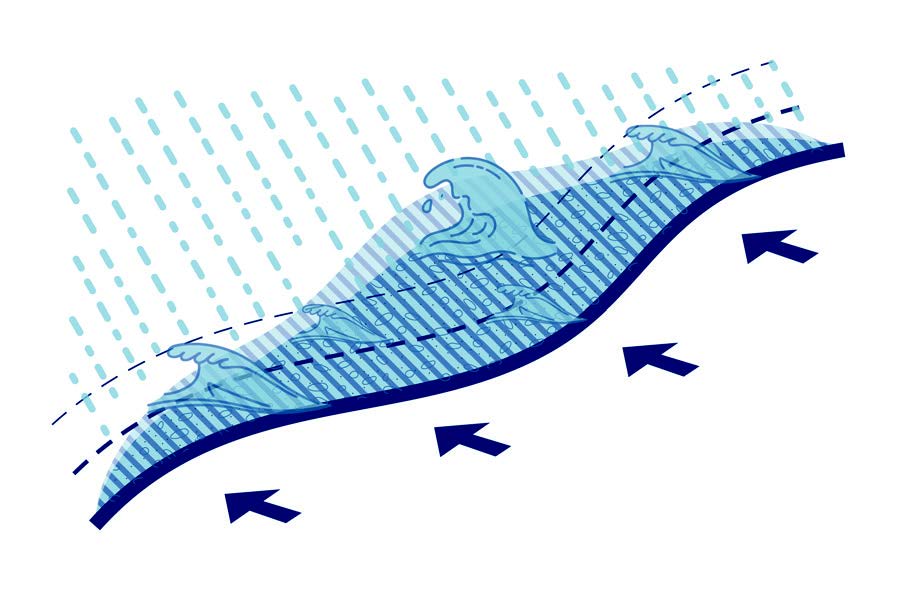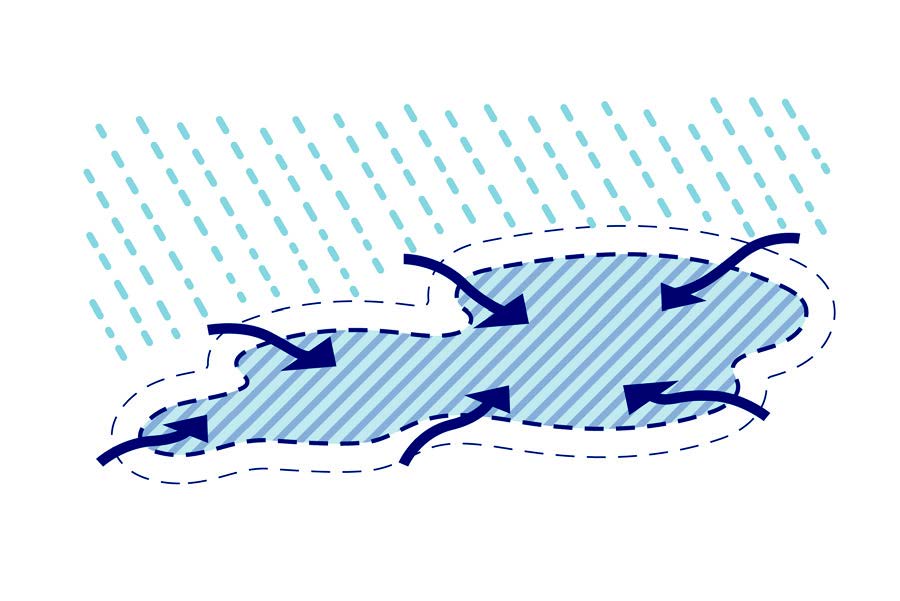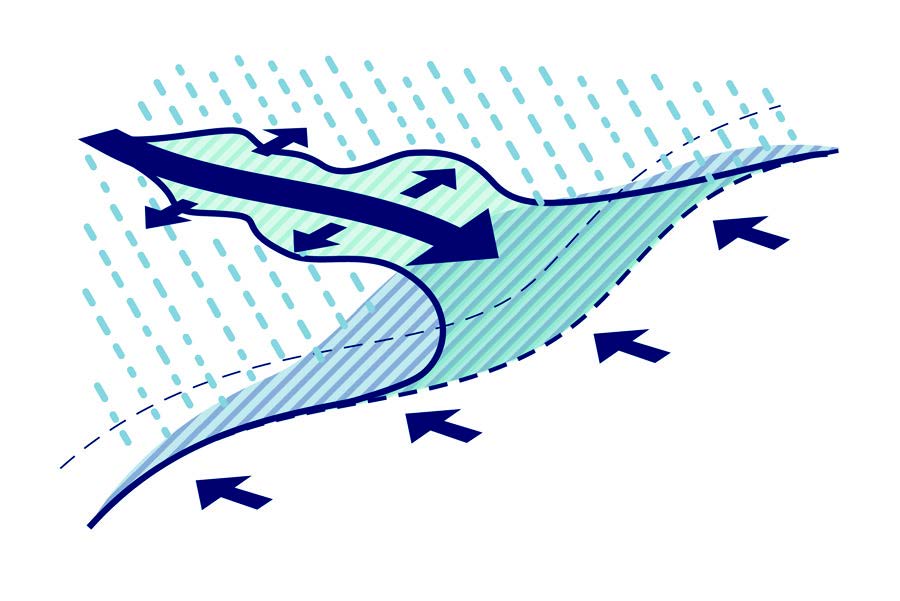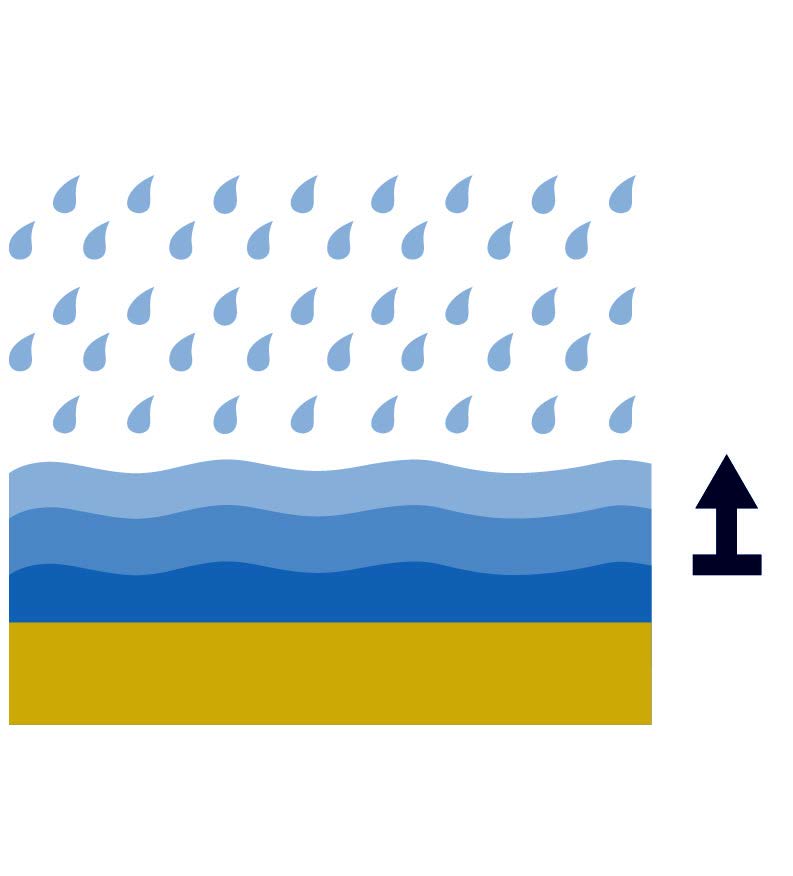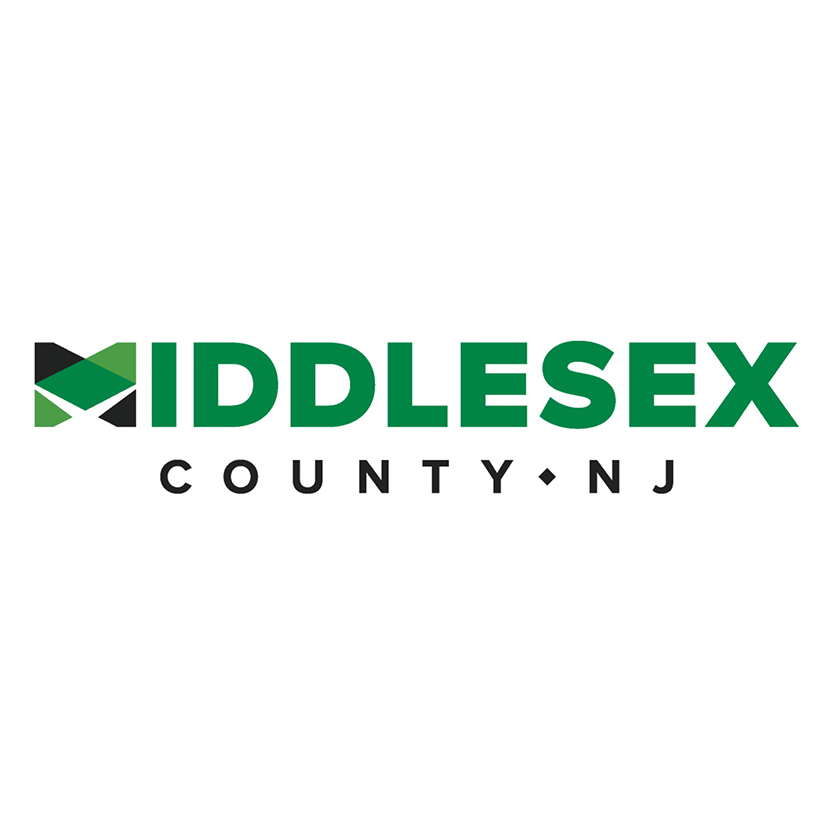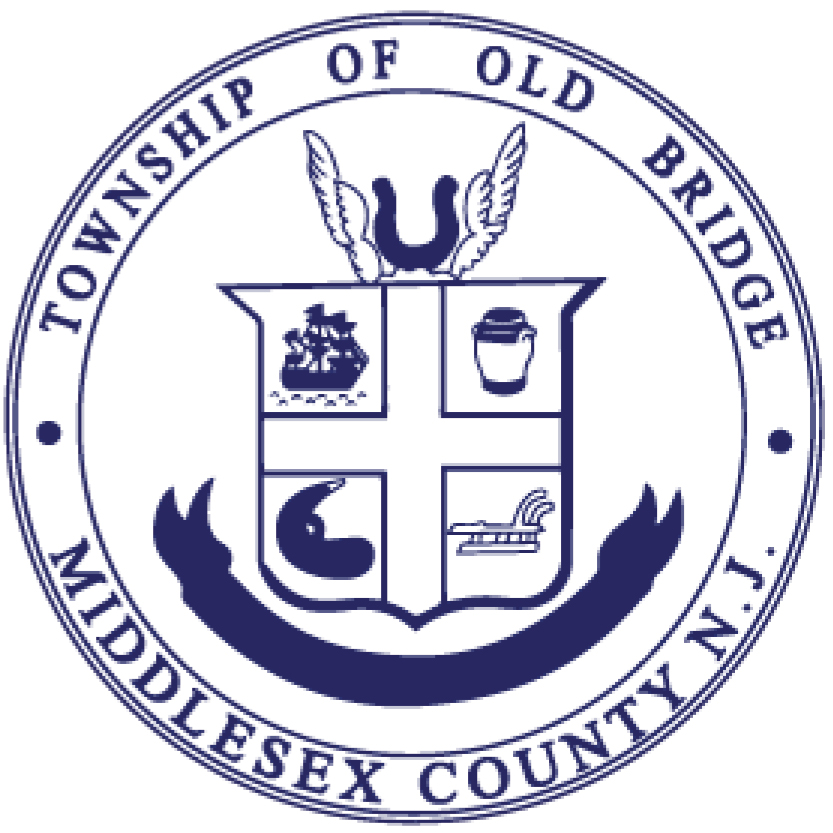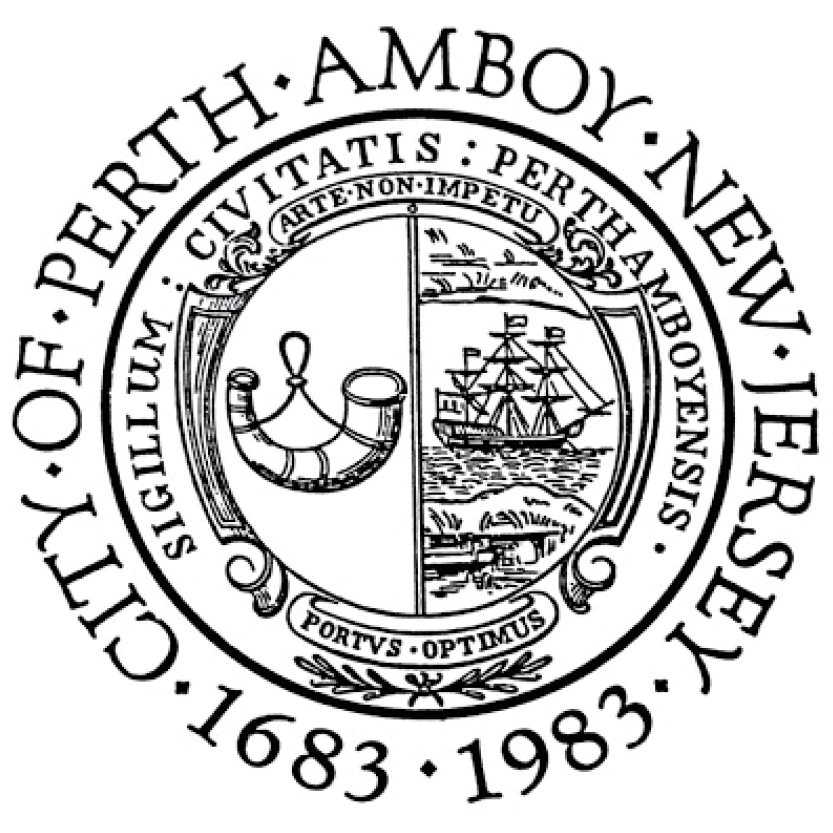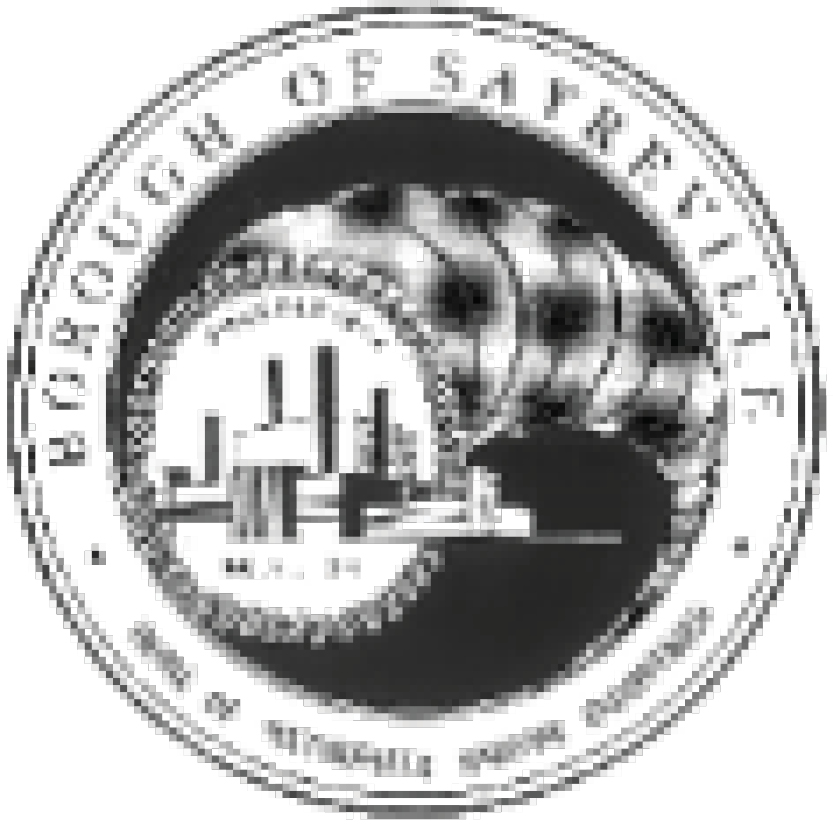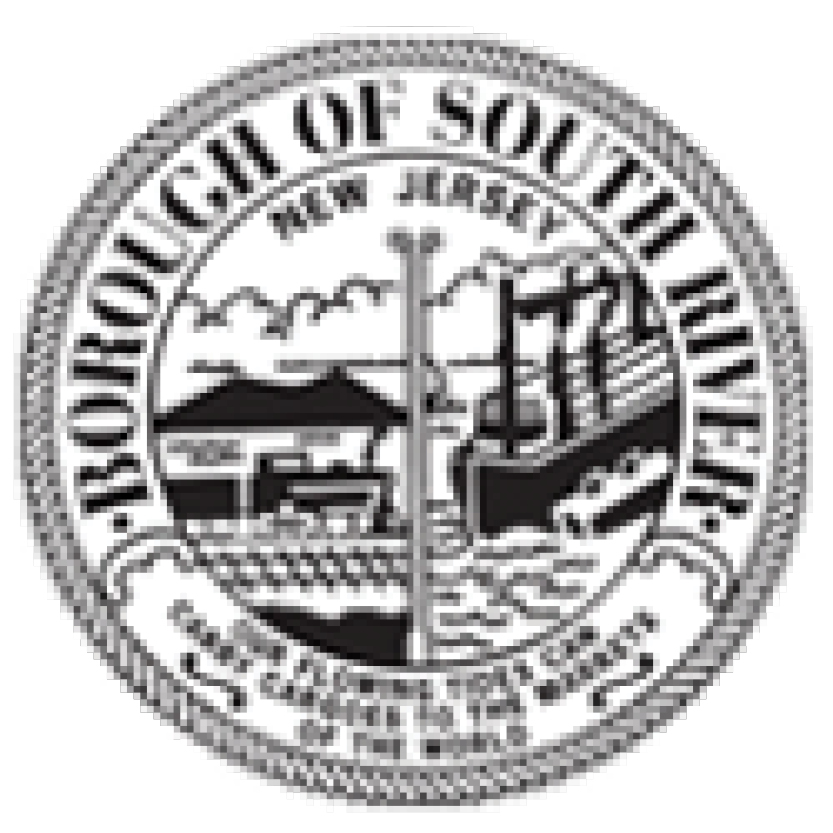What is
RISK?Resilient NJ Raritan River and Bay Communities used the results from the visioning process and shared priorities shared by the community to develop a flood impact assessment. See results below
What is Risk?
Risk is the potential for a hazard to have negative impacts. For flooding, this means the potential for water to damage and disrupt our communities. Flood risk is the interaction between flood hazards, where people live, and the systems and structures that support our way of life. Risk increases when the hazard increases, such as by climate change, or when more people and their belongings appear in harm’s way. For instance, the more people affected or the more critical a system is, the higher the risk.
What Types of Flood Hazards Should We Be Concerned About?
The Resilient NJ Raritan River and Bay Communities are exposed to a variety of flood hazards. These hazards vary in terms of the source of flooding, affect different areas, and require different strategies to address them.
HOW WILL CLIMATE CHANGE INCREASE FLOOD HAZARDS?
The Raritan River and Bay Communities will be impacted by climate change in a variety of ways. This includes changes in everyday conditions, such as tides and average temperatures, as well as more frequent and severe coastal storms, severe rain events, and heat waves.
How can we understand the impact of flooding?
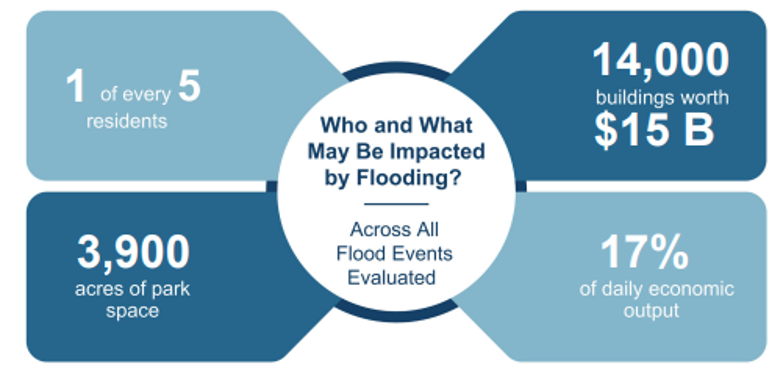
If nothing is done to protect the region from flooding, the impacts of flooding already seen in the RRBC region will increase with climate change.
If nothing is done to protect the region from flooding, the impacts of flooding already seen in the RRBC region will increase with climate change. Resilient NJ Raritan River and Bay Communities used the results from the visioning process and shared priorities shared by the community to develop a flood impact assessment. The assessment considered the people, buildings, and critical places in at risk from various sources of flooding over multiple scenarios. Click here to learn more about what is at risk
HOW CAN WE AFFECT THESE RISKS?
Each individual can have an impact on the level of risk in his or her community.
Get Involved
Your input and involvement are critical to increasing the resilience of our communities. Opportunities to engage with the program will be updated periodically on the Get Involved page.
GET RESILIENT NJ PROJECT UPDATES!
You can easily stay in the loop with program progress by signing up for periodic email updates via this form.
EXPLORE OUR RESOURCE LIBRARY
The Resource Library contains our project reports, engagement materials, and other information about progress.

